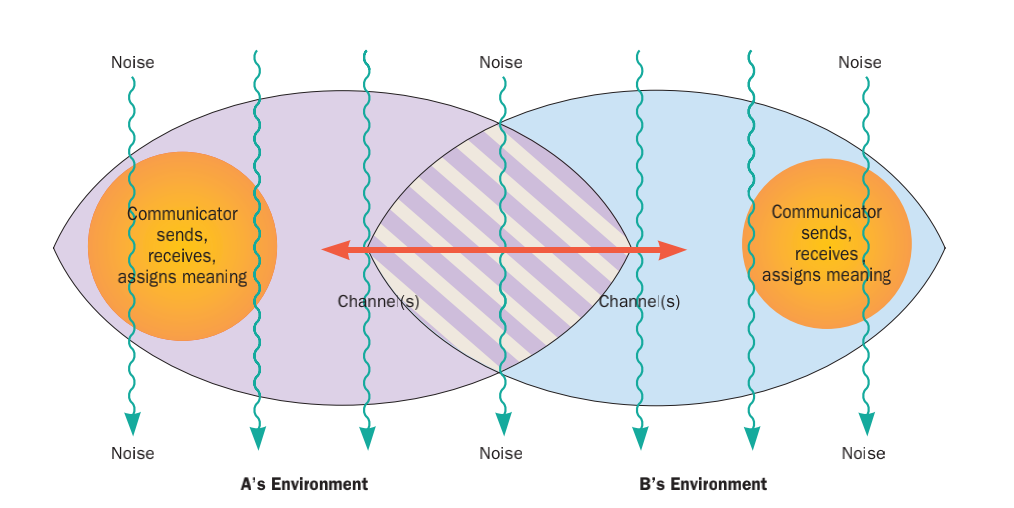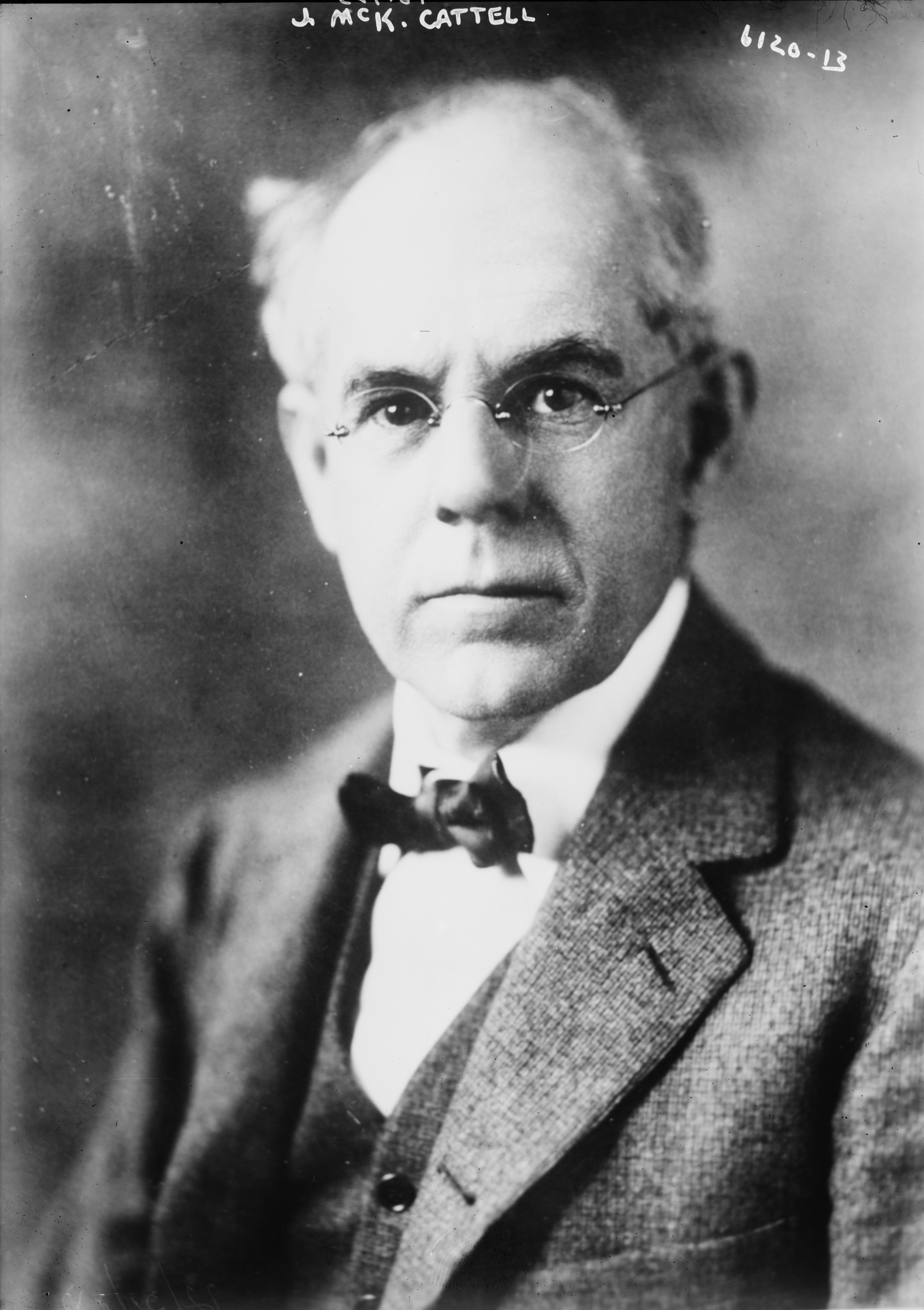|
Hurtful Communication
Hurtful communication refers to verbal or non-verbal communication perceived as emotionally damaging, and occurs when the receiver perceives a specific social interaction as upsetting or harmful emotionally. It encompasses a range of messages—from criticism and rejection to sarcasm and insults—that can cause emotional distress, undermine relational satisfaction, and lead to long-term psychological consequences. Negative social interactions can be intentional, when one or both parties are involved in interpersonal conflict, or unintentional, such as when misunderstandings occur. Actions such as failure to recognize accomplishments or significant dates can cause hurtful outcomes within relationships. Hurtful communication often emerges within close relational contexts, where individuals have developed emotional intimacy and shared personal information, making them more vulnerable to perceived offenses. While research primarily focuses on romantic and parent–child relationships, ... [...More Info...] [...Related Items...] OR: [Wikipedia] [Google] [Baidu] [Amazon] |
Nonverbal Communication
Nonverbal communication is the transmission of messages or signals through a nonverbal platform such as eye contact (oculesics), body language (kinesics), social distance (proxemics), touch (Haptic communication, haptics), voice (prosody (linguistics), prosody and paralanguage), physical environments/appearance, and use of objects. When communicating, nonverbal channels are utilized as means to convey different messages or signals, whereas others interpret these messages. The study of nonverbal communication started in 1872 with the publication of ''The Expression of the Emotions in Man and Animals'' by Charles Darwin. Darwin began to study nonverbal communication as he noticed the interactions between animals such as lions, tigers, dogs etc. and realized they also communicated by gestures and expressions. For the first time, nonverbal communication was studied and its relevance noted. Today, scholars argue that nonverbal communication can convey more meaning than verbal communica ... [...More Info...] [...Related Items...] OR: [Wikipedia] [Google] [Baidu] [Amazon] |
Sociology
Sociology is the scientific study of human society that focuses on society, human social behavior, patterns of Interpersonal ties, social relationships, social interaction, and aspects of culture associated with everyday life. The term sociology was coined in the late 18th century to describe the scientific study of society. Regarded as a part of both the social sciences and humanities, sociology uses various methods of Empirical research, empirical investigation and critical analysis to develop a body of knowledge about social order and social change. Sociological subject matter ranges from Microsociology, micro-level analyses of individual interaction and agency (sociology), agency to Macrosociology, macro-level analyses of social systems and social structure. Applied sociological research may be applied directly to social policy and welfare, whereas Theory, theoretical approaches may focus on the understanding of social processes and phenomenology (sociology), phenomenologic ... [...More Info...] [...Related Items...] OR: [Wikipedia] [Google] [Baidu] [Amazon] |
Interpersonal Communication
Interpersonal communication is an exchange of information between two or more people. It is also an area of research that seeks to understand how humans use verbal and nonverbal cues to accomplish several personal and relational goals. Communication includes utilizing communication skills within one's surroundings, including physical and psychological spaces. It is essential to see the visual/nonverbal and verbal cues regarding the physical spaces. In the psychological spaces, self-awareness and awareness of the emotions, cultures, and things that are not seen are also significant when communicating. Interpersonal communication research addresses at least six categories of inquiry: 1) how humans adjust and adapt their verbal communication and nonverbal communication during Face-to-face interaction, face-to-face communication; 2) how messages are produced; 3) how uncertainty influences behavior and information-management strategies; 4) Interpersonal deception theory, deceptive com ... [...More Info...] [...Related Items...] OR: [Wikipedia] [Google] [Baidu] [Amazon] |
Means Of Communication
Means of communication or media are used by people to communicate and exchange information with each other as an information sender and a receiver. General information Many different materials are used in communication. Maps, for example, save tedious explanations on how to get to a destination. A means of communication is therefore a means to an end to make communication between people easier, more understandable and, above all, clearer. In everyday language, the term ''means of communication'' is often equated with the ''medium''. However, the term "medium" is used in media studies to refer to a large number of concepts, some of which do not correspond to everyday usage. Means of communication are used for communication between sender and recipient and thus for the transmission of information. Elements of communication include a communication-triggering event, sender and recipient, a ''means of communication'', a ''path of communication'' and ''contents of communication''. ... [...More Info...] [...Related Items...] OR: [Wikipedia] [Google] [Baidu] [Amazon] |
Workplace Communication
Workplace communication is the process of communicating and exchanging information (both verbal and non-verbal) between one person/group and another person/group within an organization. It includes e-mails, text messages, notes, calls, etc. Effective communication is critical in getting the job done, as well as building a sense of trust and increasing the productivity of employees. These may have different cultures and backgrounds, and can be used to different norms. To unite activities of all employees and restrain from any missed deadline or activity that could affect the company negatively, communication is crucial. Effective workplace communication ensures that all the organizational objectives are achieved. Workplace communication is tremendously important to organizations because it increases productivity and efficiency. Ineffective workplace communication leads to communication gaps between employees, which causes confusion, wastes time, and reduces productivity. Misunderstand ... [...More Info...] [...Related Items...] OR: [Wikipedia] [Google] [Baidu] [Amazon] |
Individualism
Individualism is the moral stance, political philosophy, ideology, and social outlook that emphasizes the intrinsic worth of the individual. Individualists promote realizing one's goals and desires, valuing independence and self-reliance, and advocating that the interests of the individual should gain precedence over the state or a social group, while opposing external interference upon one's own interests by society or institutions such as the government. Individualism makes the individual its focus, and so starts "with the fundamental premise that the human individual is of primary importance in the struggle for liberation". L. Susan Brown. '' The Politics of Individualism: Liberalism, Liberal Feminism, and Anarchism''. Black Rose Books Ltd. 1993 Individualism represents one kind of sociocultural perspective and is often defined in contrast to other perspectives, such as communitarianism, collectivism and corporatism. Individualism is also associated with artistic and ... [...More Info...] [...Related Items...] OR: [Wikipedia] [Google] [Baidu] [Amazon] |
Collectivism
In sociology, a social organization is a pattern of relationships between and among individuals and groups. Characteristics of social organization can include qualities such as sexual composition, spatiotemporal cohesion, leadership, structure, division of labor, communication systems, and so on. Because of these characteristics of social organization, people can monitor their everyday work and involvement in other activities that are controlled forms of human interaction. These interactions include: affiliation, collective resources, substitutability of individuals and recorded control. These interactions come together to constitute common features in basic social units such as family, enterprises, clubs, states, etc. These are social organizations. Common examples of modern social organizations are government agencies, NGOs, and corporations. Elements Social organizations happen in everyday life. Many people belong to various social structures—institutional and inform ... [...More Info...] [...Related Items...] OR: [Wikipedia] [Google] [Baidu] [Amazon] |
Emotional Self-regulation
The self-regulation of emotion or emotion regulation is the ability to respond to the ongoing demands of experience with the range of emotions in a manner that is socially tolerable and sufficiently flexible to permit spontaneous reactions as well as the ability to delay spontaneous reactions as needed. It can also be defined as extrinsic and intrinsic processes responsible for monitoring, evaluating, and modifying emotional reactions. The self-regulation of emotion belongs to the broader set of emotion regulation processes, which includes both the regulation of one's own feelings and the interpersonal emotion regulation, regulation of other people's feelings. Emotion regulation is a complex process that involves initiating, inhibiting, or modulating one's state or Behavior#Biology, behavior in a given situation — for example, the subjective experience (feelings), cognitive responses (thoughts), emotion-related Signs and symptoms, physiological responses (for example heart rate ... [...More Info...] [...Related Items...] OR: [Wikipedia] [Google] [Baidu] [Amazon] |
Emotional Dysregulation
Emotional dysregulation is characterized by an inability to flexibly respond to and manage emotional states, resulting in intense and prolonged emotional reactions that deviate from social norms, given the nature of the environmental stimuli encountered. Such reactions not only deviate from accepted social norms but also surpass what is informally deemed appropriate or proportional to the encountered stimuli. It is often linked to physical factors such as brain injury, or psychological factors such as adverse childhood experiences, and ongoing maltreatment, including child abuse, neglect, or institutional abuse. Emotional dysregulation may be present in people with psychiatric and neurodevelopmental disorders such as attention deficit hyperactivity disorder, autism spectrum disorder, bipolar disorder, borderline personality disorder, complex post-traumatic stress disorder, and fetal alcohol spectrum disorders. The dysregulation of emotions is also present in individuals w ... [...More Info...] [...Related Items...] OR: [Wikipedia] [Google] [Baidu] [Amazon] |
Psychology
Psychology is the scientific study of mind and behavior. Its subject matter includes the behavior of humans and nonhumans, both consciousness, conscious and Unconscious mind, unconscious phenomena, and mental processes such as thoughts, feelings, and motivation, motives. Psychology is an academic discipline of immense scope, crossing the boundaries between the Natural science, natural and social sciences. Biological psychologists seek an understanding of the Emergence, emergent properties of brains, linking the discipline to neuroscience. As social scientists, psychologists aim to understand the behavior of individuals and groups.Hockenbury & Hockenbury. Psychology. Worth Publishers, 2010. A professional practitioner or researcher involved in the discipline is called a psychologist. Some psychologists can also be classified as Behavioural sciences, behavioral or Cognitive science, cognitive scientists. Some psychologists attempt to understand the role of mental functions in i ... [...More Info...] [...Related Items...] OR: [Wikipedia] [Google] [Baidu] [Amazon] |
Interpersonal Relationship
In social psychology, an interpersonal relation (or interpersonal relationship) describes a social association, connection, or affiliation between two or more people. It overlaps significantly with the concept of social relations, which are the fundamental unit of analysis within the social sciences. Relations vary in degrees of intimacy, self-disclosure, duration, reciprocity, and power distribution. The main themes or trends of the interpersonal relations are: family, kinship, friendship, love, marriage, business, employment, clubs, neighborhoods, ethical values, support and solidarity. Interpersonal relations may be regulated by law, custom, or mutual agreement, and form the basis of social groups and societies. They appear when people communicate or act with each other within specific social contexts, and they thrive on equitable and reciprocal compromises. Interdisciplinary analysis of relationships draws heavily upon the other social sciences, includin ... [...More Info...] [...Related Items...] OR: [Wikipedia] [Google] [Baidu] [Amazon] |
Personal Relationship
An intimate relationship is an interpersonal relationship that involves emotional or physical closeness between people and may include sexual intimacy and feelings of romance or love. Intimate relationships are interdependent, and the members of the relationship mutually influence each other. The quality and nature of the relationship depends on the interactions between individuals, and is derived from the unique context and history that builds between people over time. Social and legal institutions such as marriage acknowledge and uphold intimate relationships between people. However, intimate relationships are not necessarily monogamous or sexual, and there is wide social and cultural variability in the norms and practices of intimacy between people. The course of an intimate relationship includes a formation period prompted by interpersonal attraction and a growing sense of closeness and familiarity. Intimate relationships evolve over time as they are maintained, and memb ... [...More Info...] [...Related Items...] OR: [Wikipedia] [Google] [Baidu] [Amazon] |





